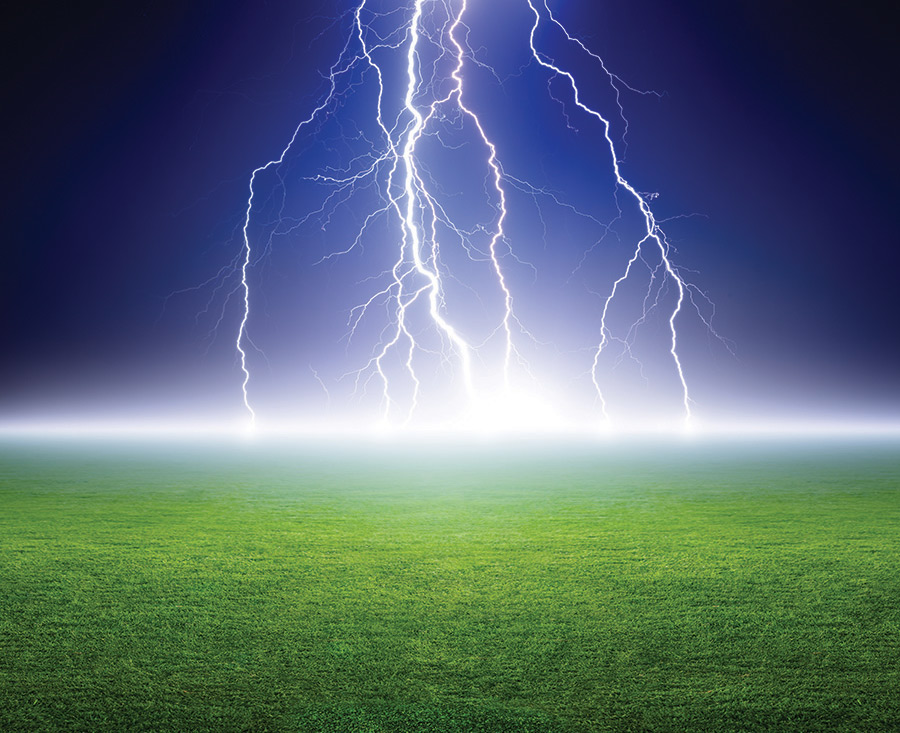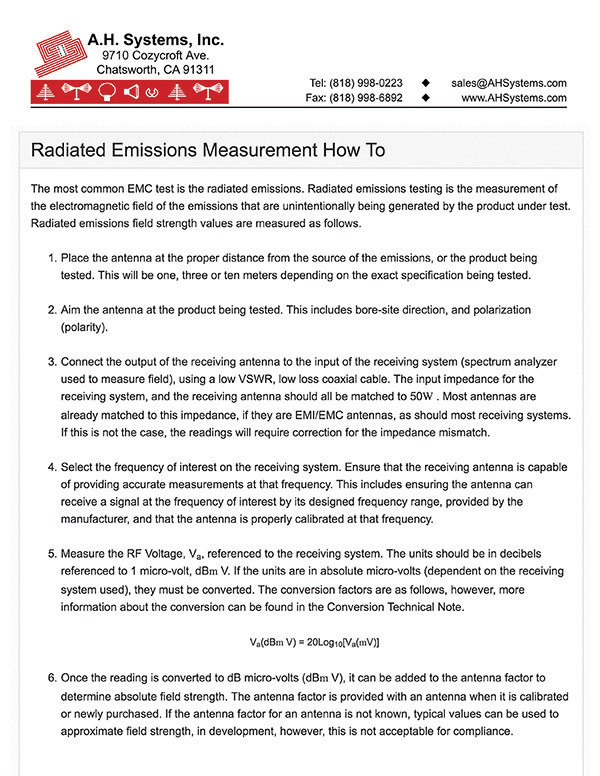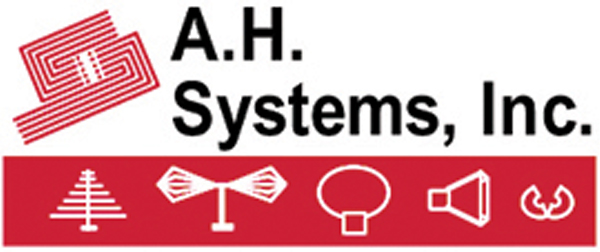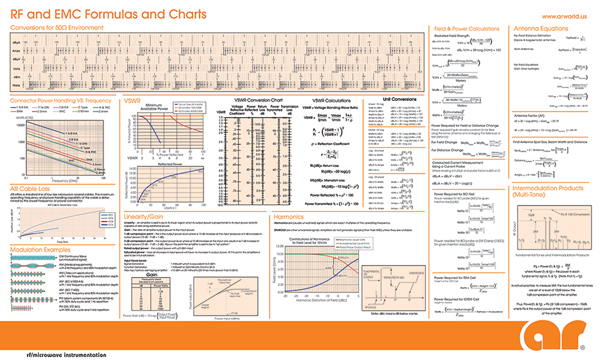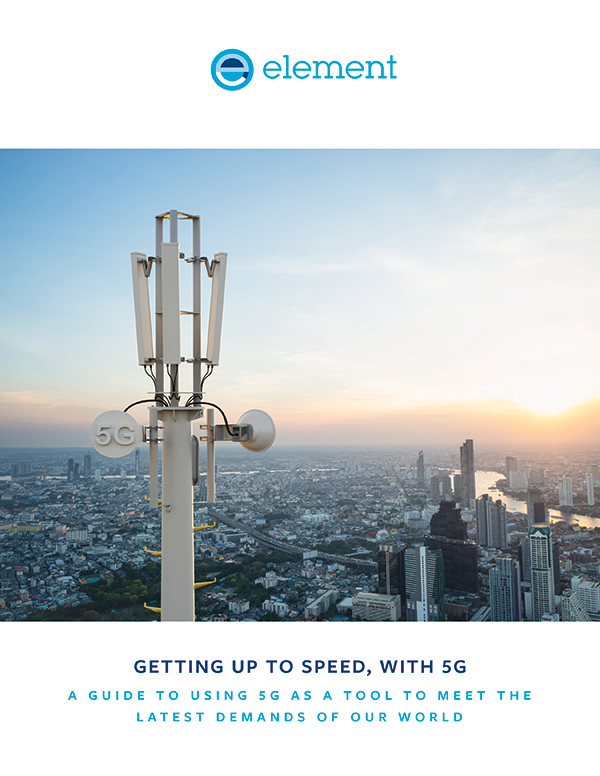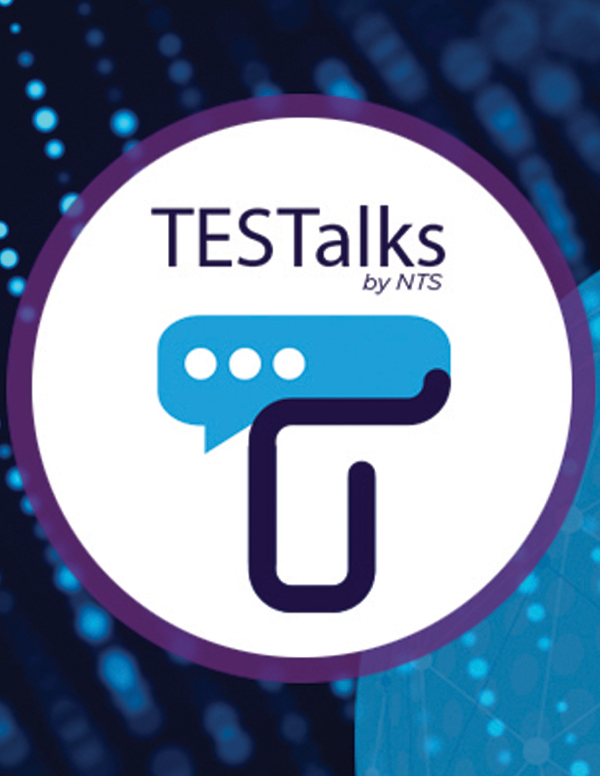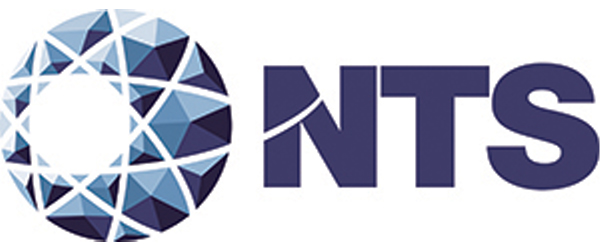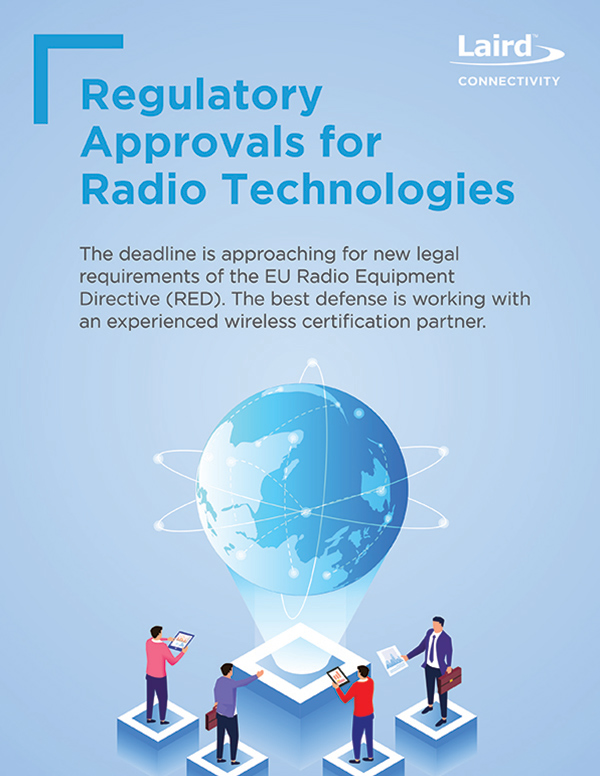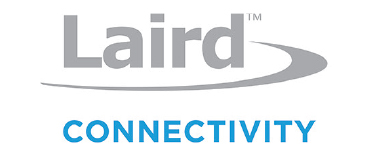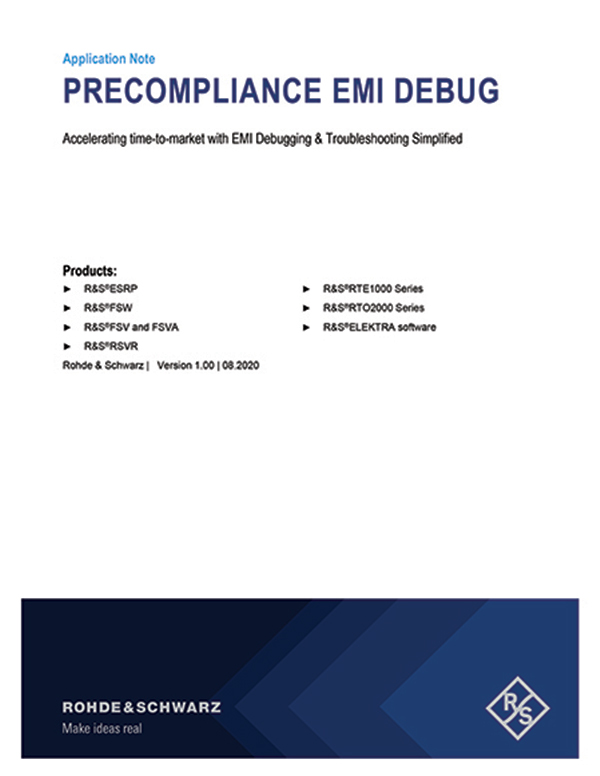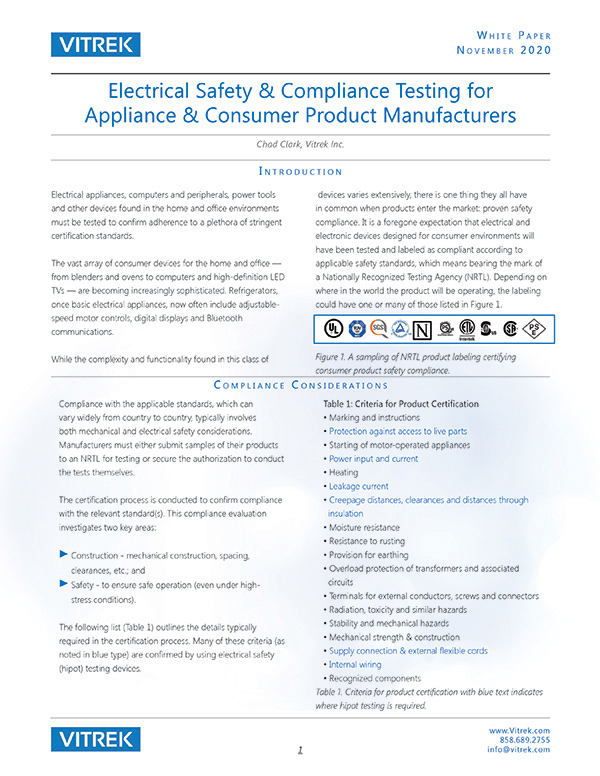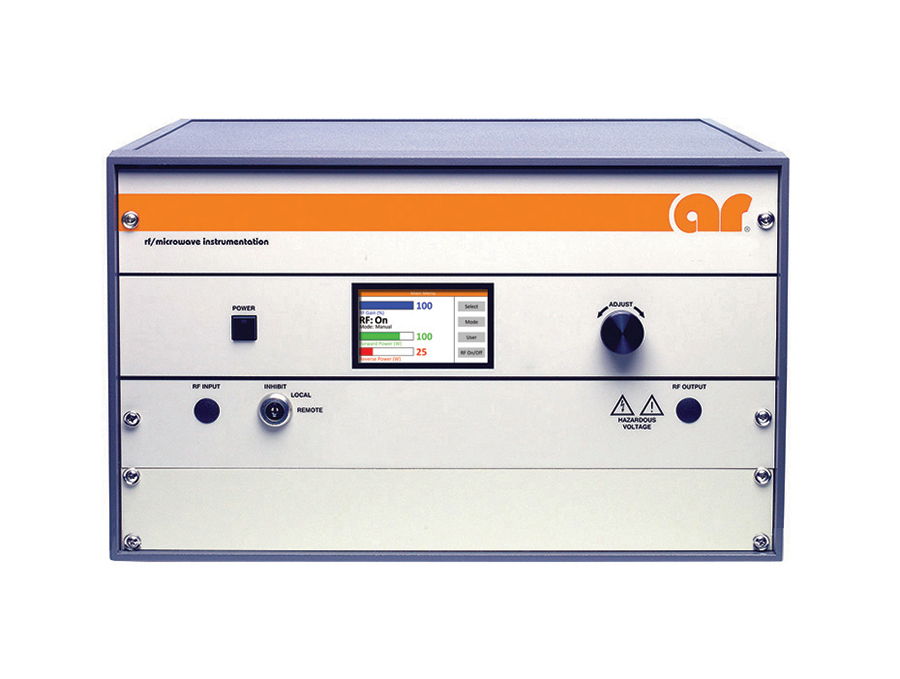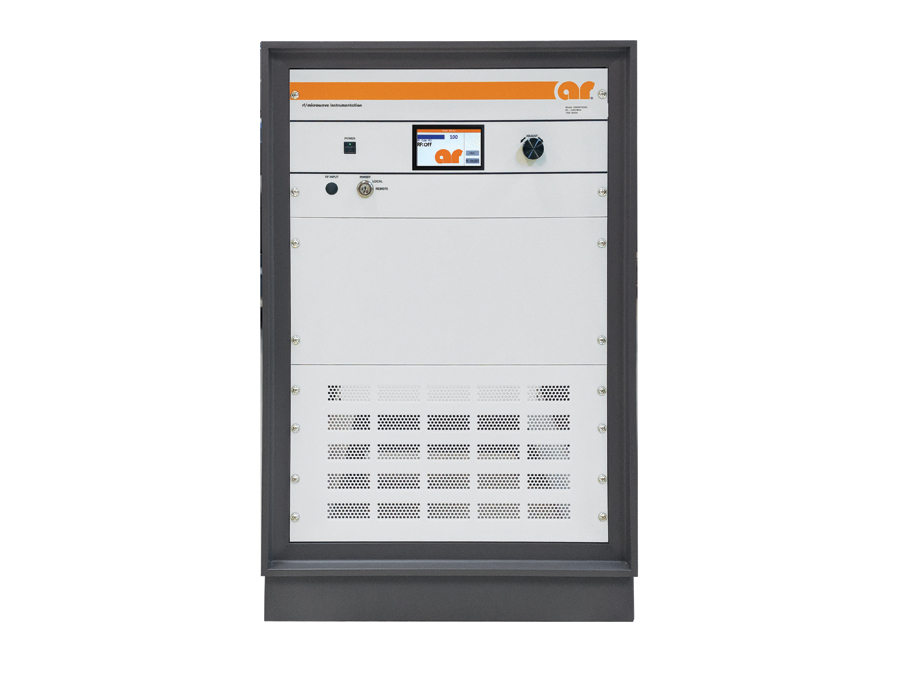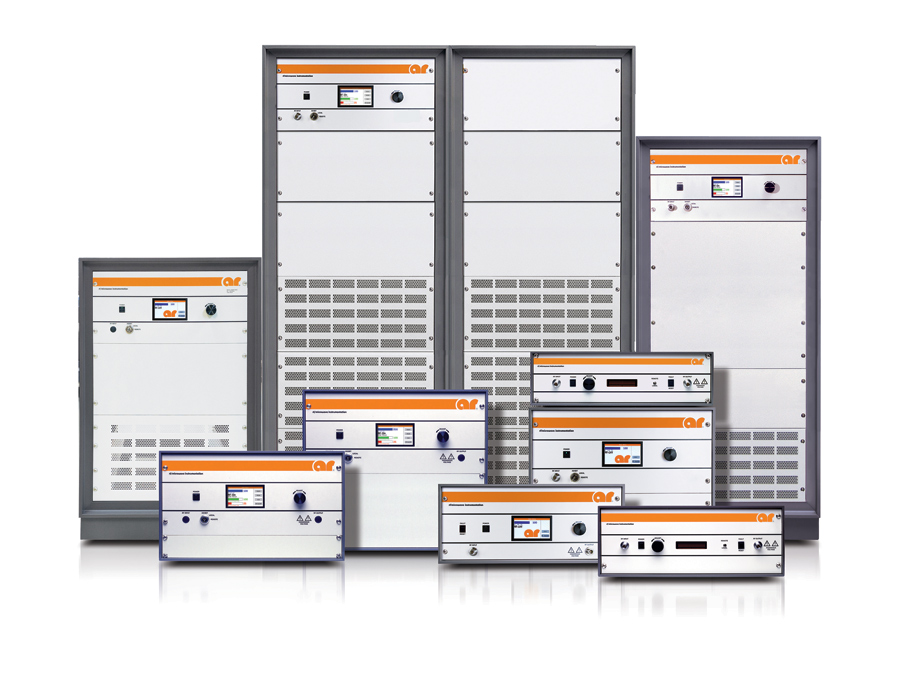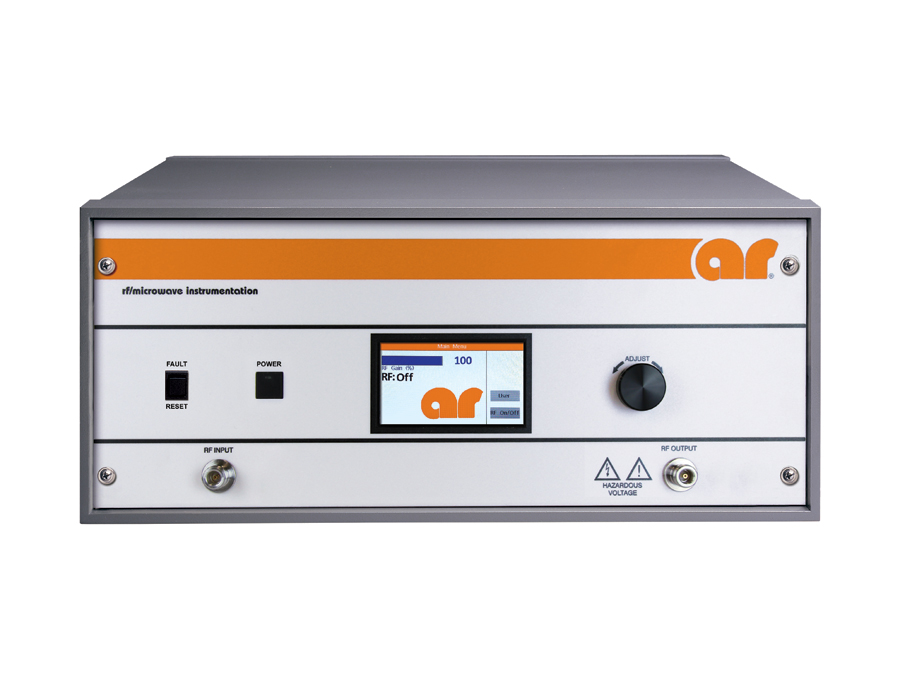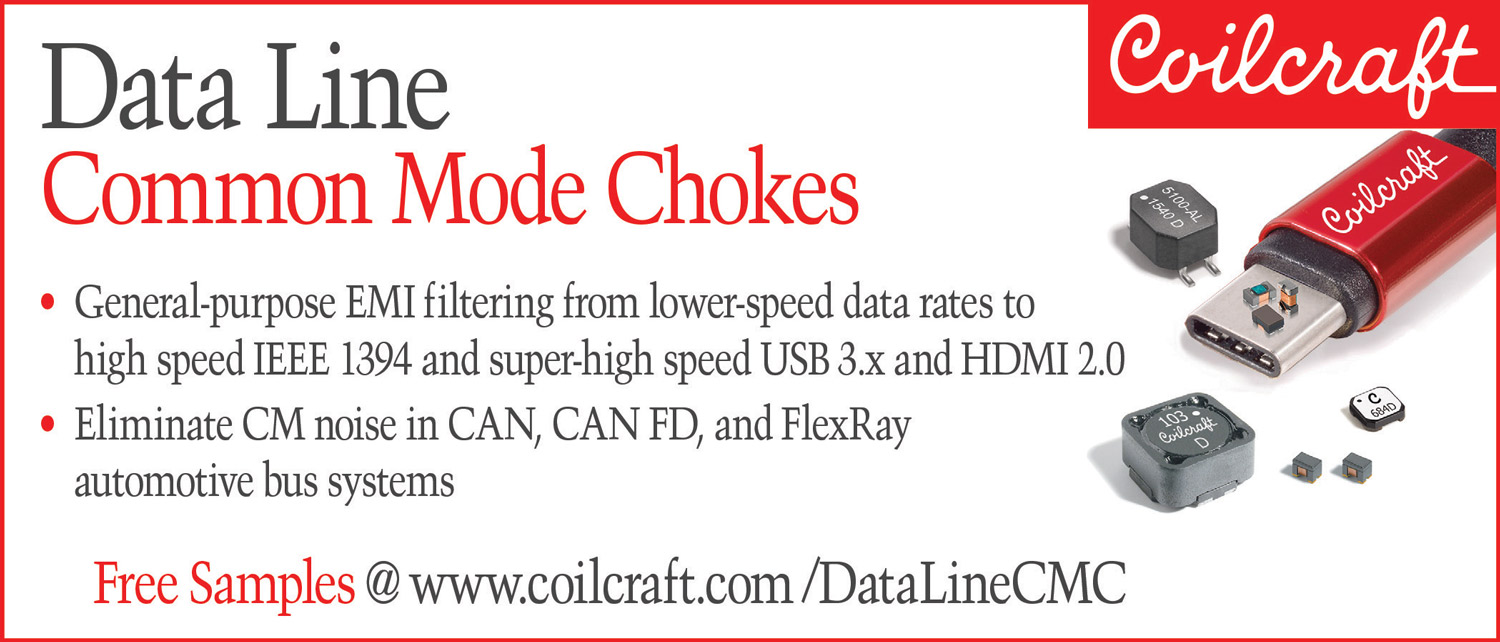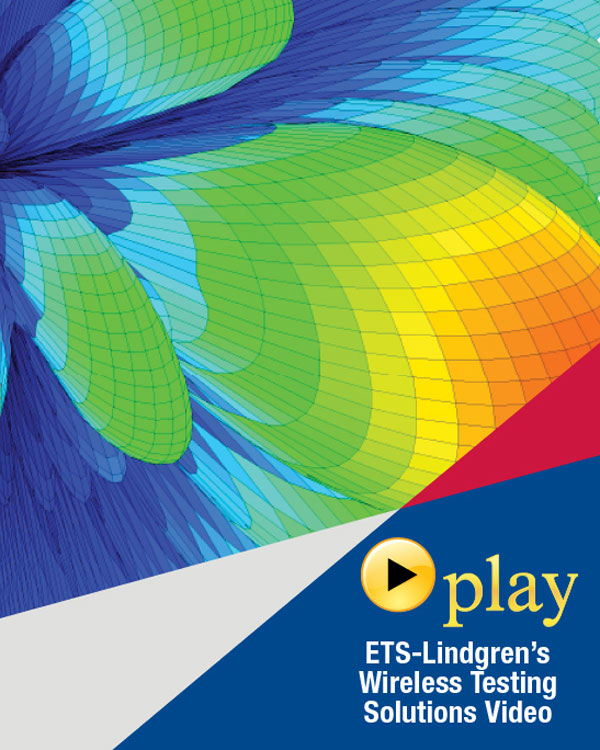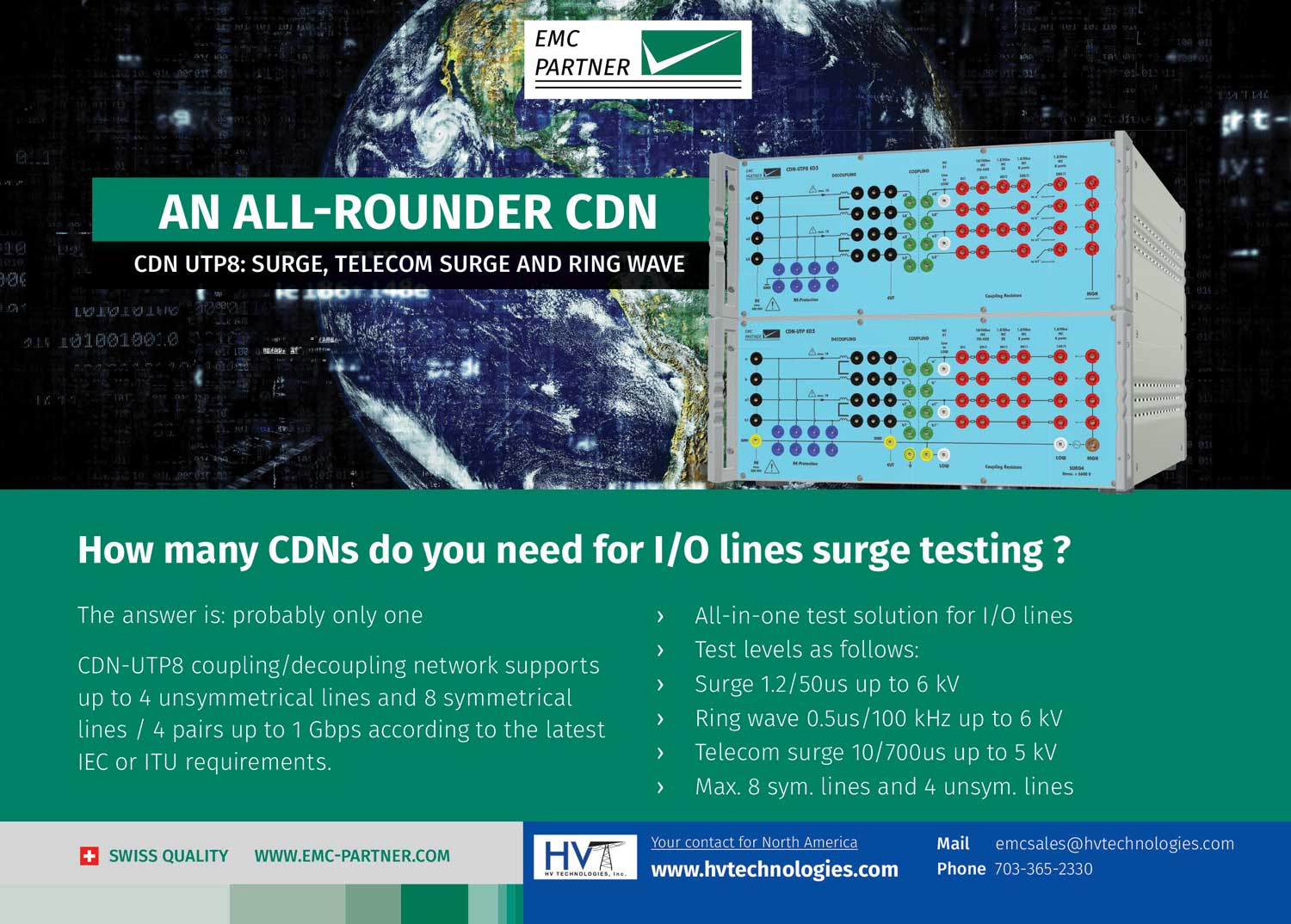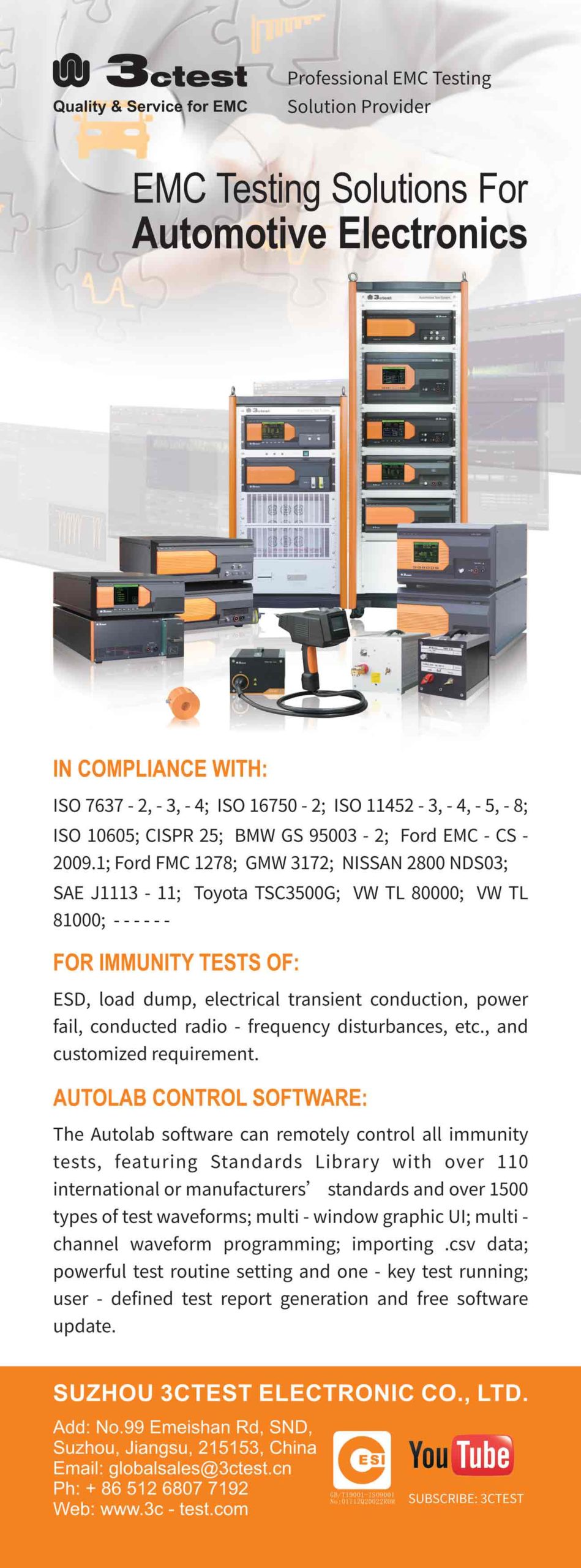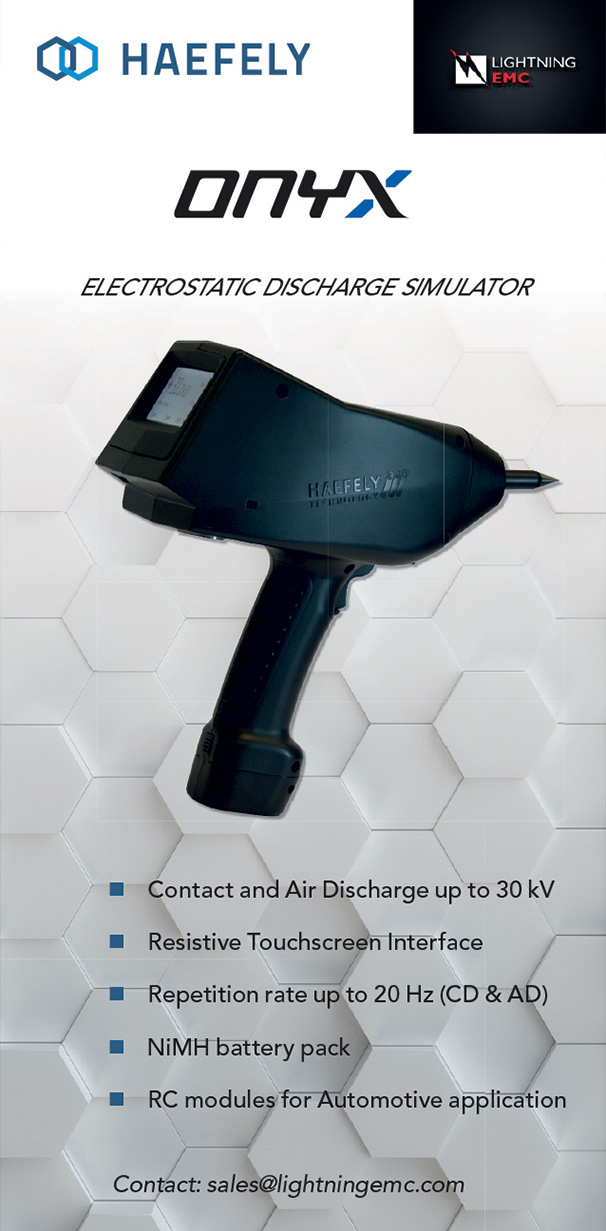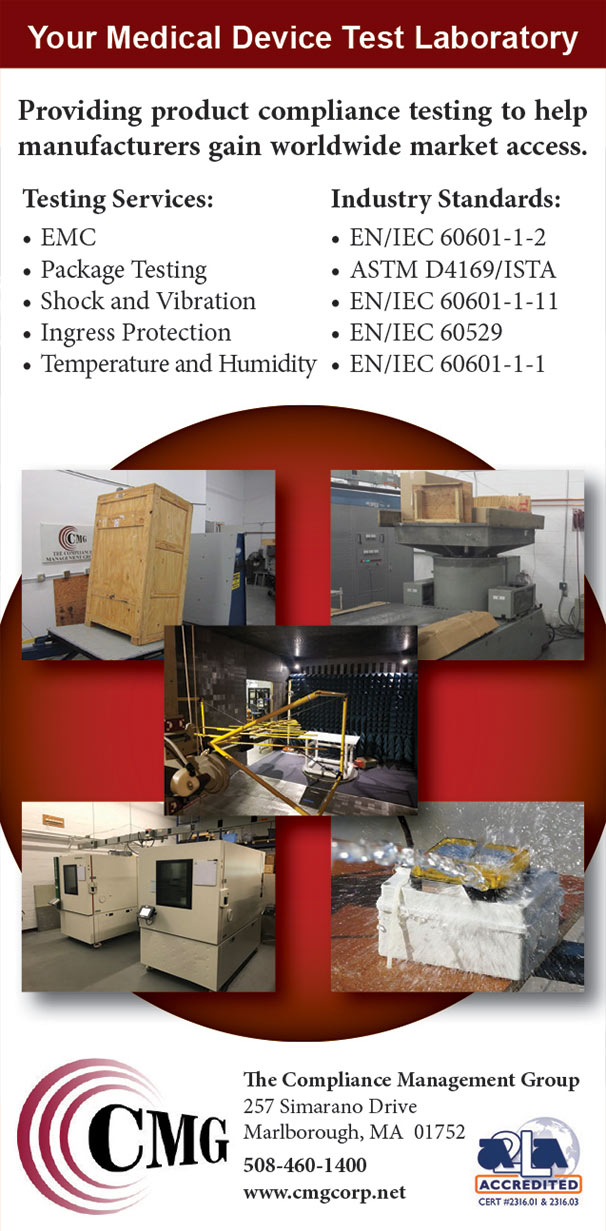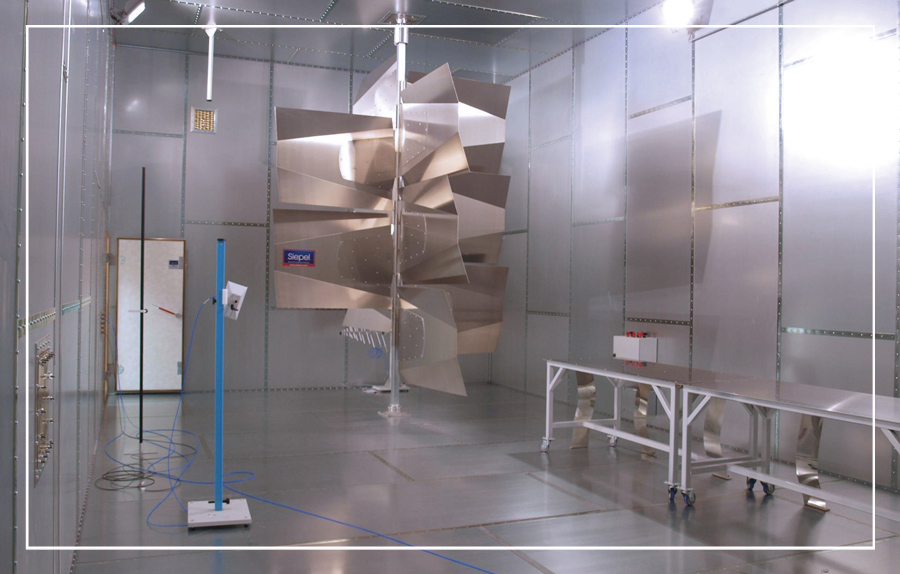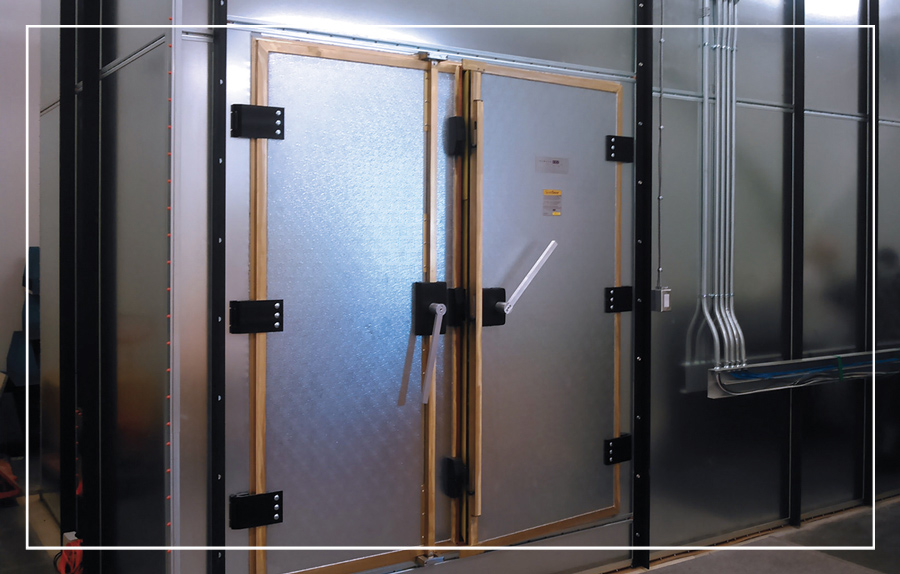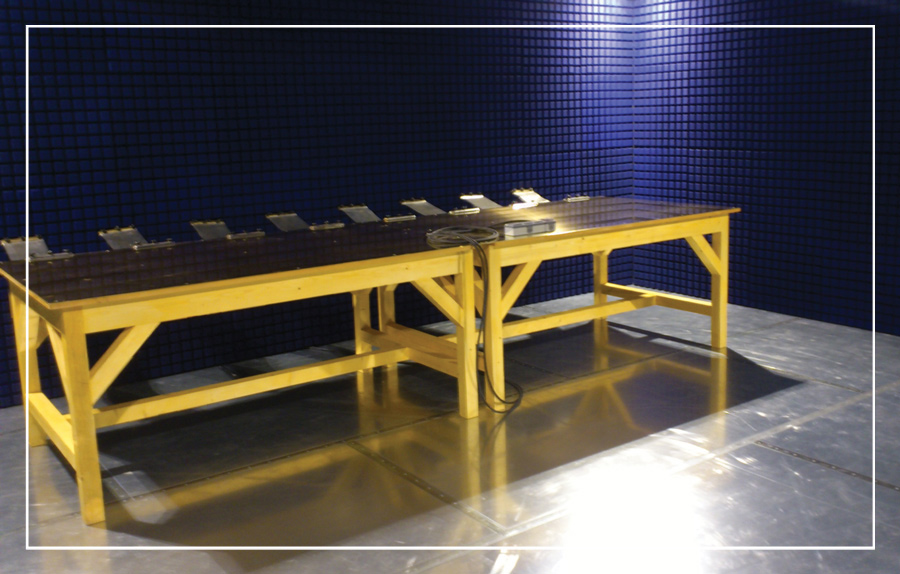
Spread Spectrum Modulation for
Modulation for
A Review of Recent Changes
How Grounds Affect the
Peak Voltage Due to Lightning
A Review of Recent Changes
How Grounds Affffect the
Peak Voltage Due to Lightning

ISSN 1948-8254 (print)
ISSN 1948-8262 (online)
is published by
Same Page Publishing Inc.
451 King Street, #458
Littleton, MA 01460
tel: (978) 486-4684
fax: (978) 486-4691
©Copyright 2021 Same Page Publishing, Inc. all rights reserved
Contents may not be reproduced in any form without the prior consent of the publisher.
While every attempt is made to provide accurate information, neither the publisher nor the authors accept any liability for errors or omissions.
publisher
bruce@brucearch.com
keith.armstrong@
cherryclough.com
Leo@EisnerSafety.com
dgerke@emiguru.com
ken.javor@emcompliance.com
kenrossesq@gmail.com
wernerschaefer@comcast.net
Subscriptions outside North America are $129 for 12 issues. The digital edition is free.
Please contact our circulation department at circulation@incompliancemag.com

white paper provided by

white paper provided by

The ASCA pilot accreditation program will allow accredited independent testing laboratories to assess medical devices for compliance with certain…
The report offers insight into trends related to complaints regarding robocall over a nearly six-year period from January 2015 through November 2020. Informal consumer complaints increased dramatically during…

Russ’ journey to the EMC Community started in 1973, when he graduated from United Electronics Institute. He didn’t know until 2008, that he had found the perfect community; the EMC Community. After several years of going to many of the events, Russ finally decided to start JK Resources in 2016 and continued to run JK Resources until his passing.
he engineering community lost a valuable asset this January with the passing of Jon Barth. His presence along with his contagious grand laughter will be very much missed at the ESDA symposiums and ESD work group meetings.
Jon was an inventor who always appreciated the challenge of an instrumentation problem. He started Barth Electronics in 1964 in his basement, with the design of a much needed high voltage, high speed attenuator for underground nuclear events at the Nevada Test site. After many successful years of designing and manufacturing high voltage instrumentation products for the national laboratories and the pulse power industry, Jon branched out into the ESD simulation and instrumentation industry. He leveraged his expertise with pulse power and manufactured the first commercial TLP machine for the ESD industry, which has been sold world-wide. His work has resulted in many patents in both the ESD and Pulse Power Industries. Authoring over a dozen ESD and Pulse Power Industry Papers, he was awarded the ESDA Industry Pioneer Award in 2006, and also the Nevada Exporter of the Year in 1991. He contributed as an active member in several ESDA Working Groups over the years, including Transmission Line Pulsing (TLP), Charge Device Model (CDM), System Level ESD, Transient Latch Up (TLU), and the Industry Council. He also served on the Technical Program Committee (TPC) for the ESDA mentoring authors. His willingness to bring to light technical deficiencies, and insight to address solutions, will be missed.

In automotive power electronics, there is one standard that has been either implemented or adopted as part of an OEM specification for interfacing and testing modules on a power bus, and that is a class of emissions limits defined in CISPR 25, “Vehicles, boats and internal combustion engines – Radio disturbance characteristics – Limits and methods of measurement for the protection of on-board receivers.”
The purpose of CISPR 25 is to set limits to provide protection for receivers installed in a vehicle from disturbances produced by components/modules in the same vehicle, including switching power supplies, one of the biggest culprits of conducted disturbance. The standard covers frequency-dependent emission limits (in dB) and methods for test, including spectrum analyzer settings and test setup. It applies to electronics equipment and devices intended for use in vehicles or trailers.
Other ar divisions: modular rf • sunar rf motion • ar europe
Other ar divisions: modular rf • sunar rf motion • ar europe
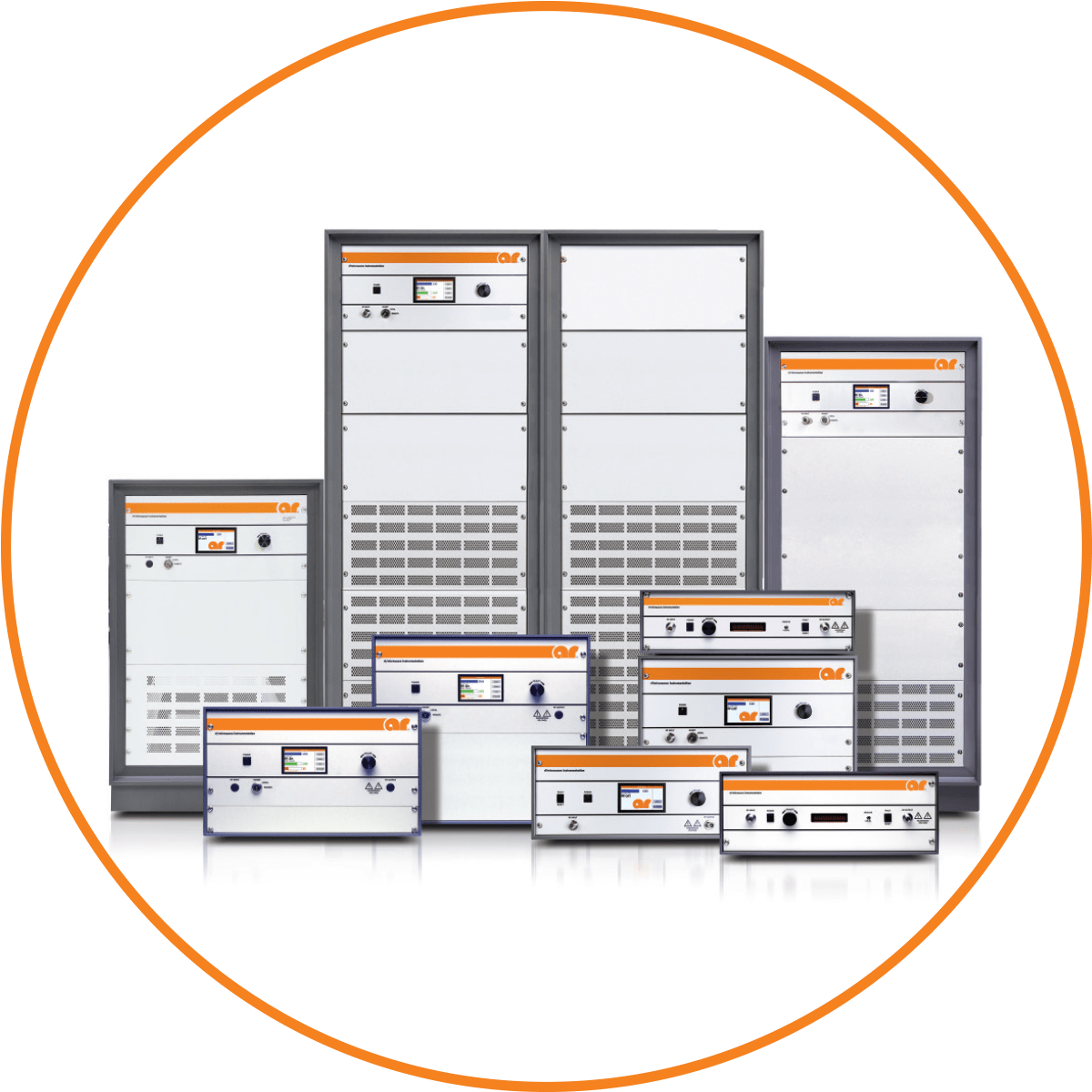
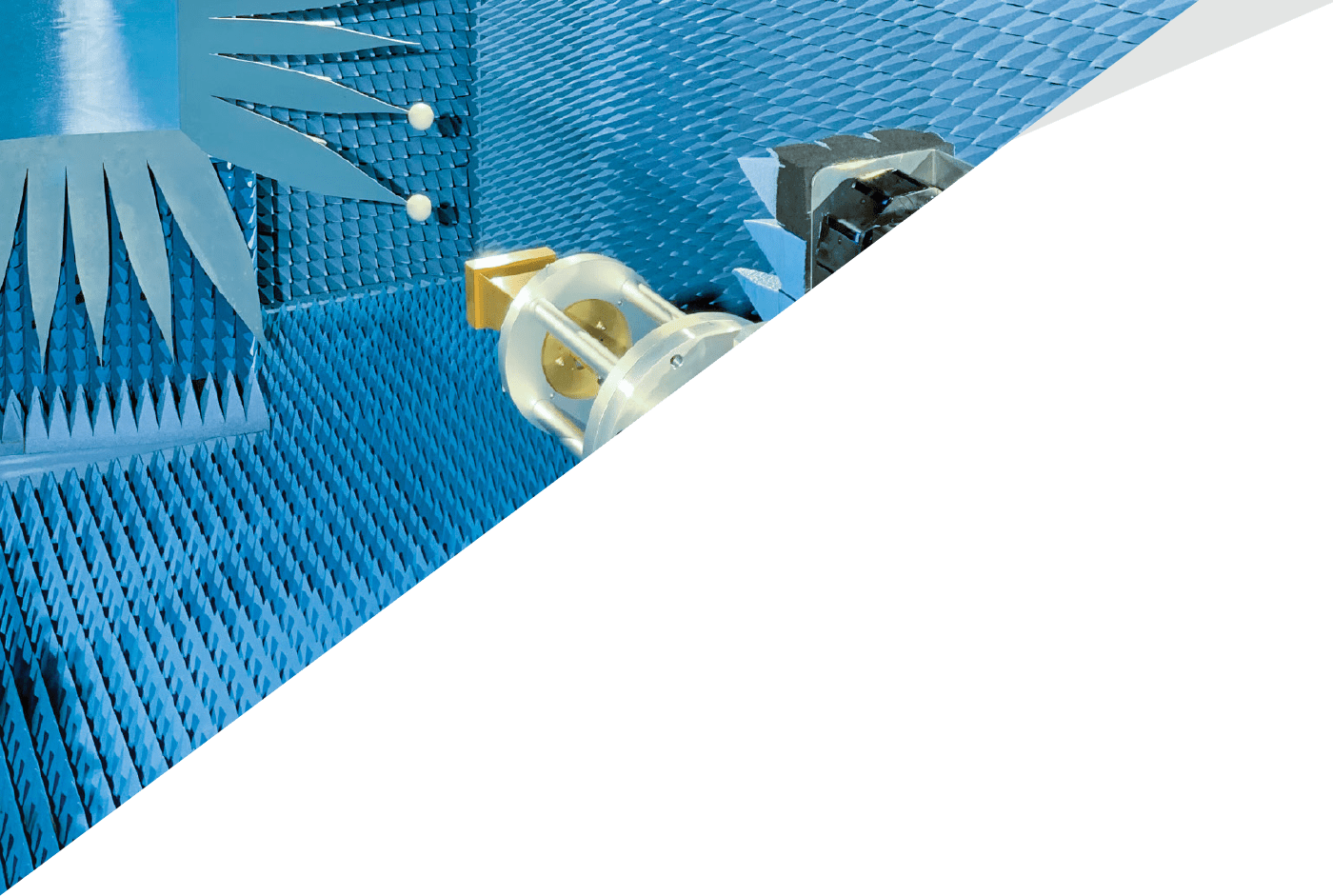
— BONUS CONTENT —
COMPACT ANTENNA RANGE (CATR) DEMO
For more information on our 5G solutions, visit our website at ets-lindgren.com/5G.

IL‑STD‑464D was released on December 24, 2020. This revision is in keeping with the routine five-year revision cycle applicable to many such standards, and MIL‑STD‑464 must keep in sync with MIL‑HDBK‑235, from which the electromagnetic field intensity tables are drawn. In this case, the routine five-year cycle took ten years to complete.
MIL‑STD‑464 is the U.S. Department of Defense (DoD) top-level E3 requirement set for the procurement of complete or modified systems. In this context, “systems” means an integrated platform of one type or another, such as a ground or air vehicle, a ship or submarine, a spacecraft, or launch vehicle. Note that some systems can be parts of other systems, such as an F-18 fighter aircraft that operates from an aircraft carrier.
The original release of MIL‑STD‑464 was in 1997. MIL‑STD‑464A (2002) and MIL‑STD‑464C (2010) provided minor, evolutionary changes to the original release.1
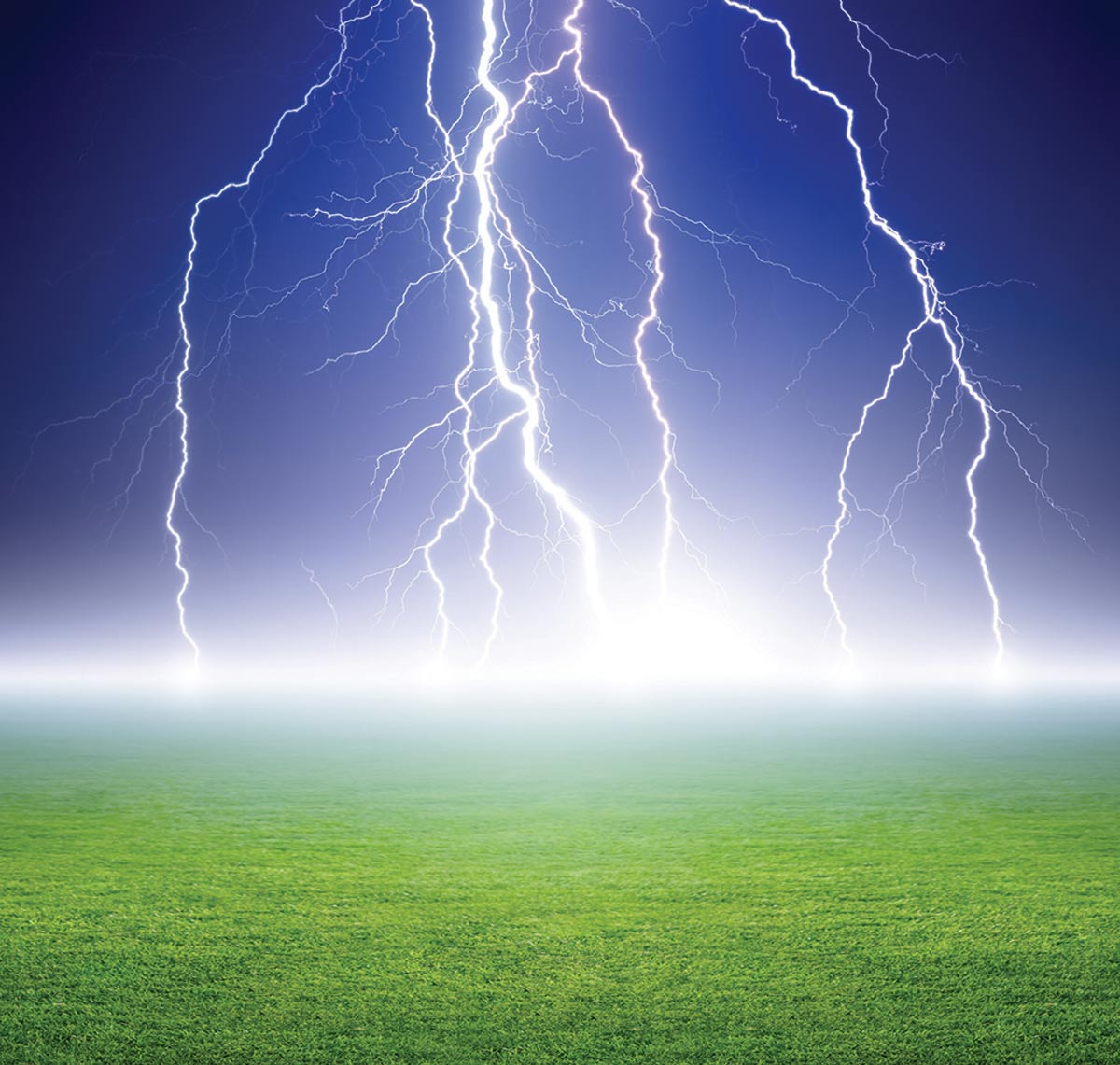
n 1997, an experiment at the Camp Blanding center for lightning testing [1] challenged the predominant view that ground rods are essentially resistive. What that experiment found was that the waveshapes of lightning currents in a building grounding system and those entering the electrical circuits of the building were considerably different. That was at odds with IEC 61312-1:1995 [2] assertions that they should be the same. The conclusion was that, for lightning, the ground rod had an impedance with a reactive component in addition to the resistive one.
So how do we take into account the impedance effects for lightning? Well, it turns out not to be so simple. Professor Leonid Grcev, who with his students has conducted extensive studies of grounds, has found that a simple modeling of a ground rod as an R-L-C circuit doesn’t give correct results, due to surge propagation effects which cause a deviation from the low frequency behavior during the fast-transient period. So the challenge is to determine what this deviation is.
his article presents a concept of a wave together with the wave equations and their solutions. The time-varying EM fields and their propagation in both the time and frequency domains is discussed first. Subsequently, the equations for the voltages and currents on the transmission line are obtained. It is shown that these equations and that their solutions represent voltage and current waves propagating along the line.
The above factors contribute to significant challenges in meeting the generally accepted CDM targets of 250V or 500V. Meeting functional performance and CDM existing targets can be nearly impossible for some types of I/O interfaces depending upon the type of circuit topology used in each design. In this article, we will describe the ESD-DW and the reasons for its continued shrinking. These effects mentioned are summarized in Figure 1 are driving the need for lower CDM targets.
EMC Week
April 6
Understanding ISO/IEC 17025:2017 for Testing & Calibration Laboratories
April 12
Introduction to Measurement Uncertainty
April 13-14
Advanced Printed Circuit Board Design for EMC+SI
April 13-14
Mechanical Design for EMC
April 13-16
Applying Practical EMI Design & Troubleshooting Techniques
April 22-23
Principles of Electromagnetic Compatibility
Annual Chicago IEEE EMC MiniSymposium
May 11-14
Applying Practical EMI Design & Troubleshooting Techniques
May 13
EMC Fest 2021
May 17-20
IEEE International Instrumentation & Measurement Technology Conference
May 19-20
EMC & Compliance International 2021 Workshop
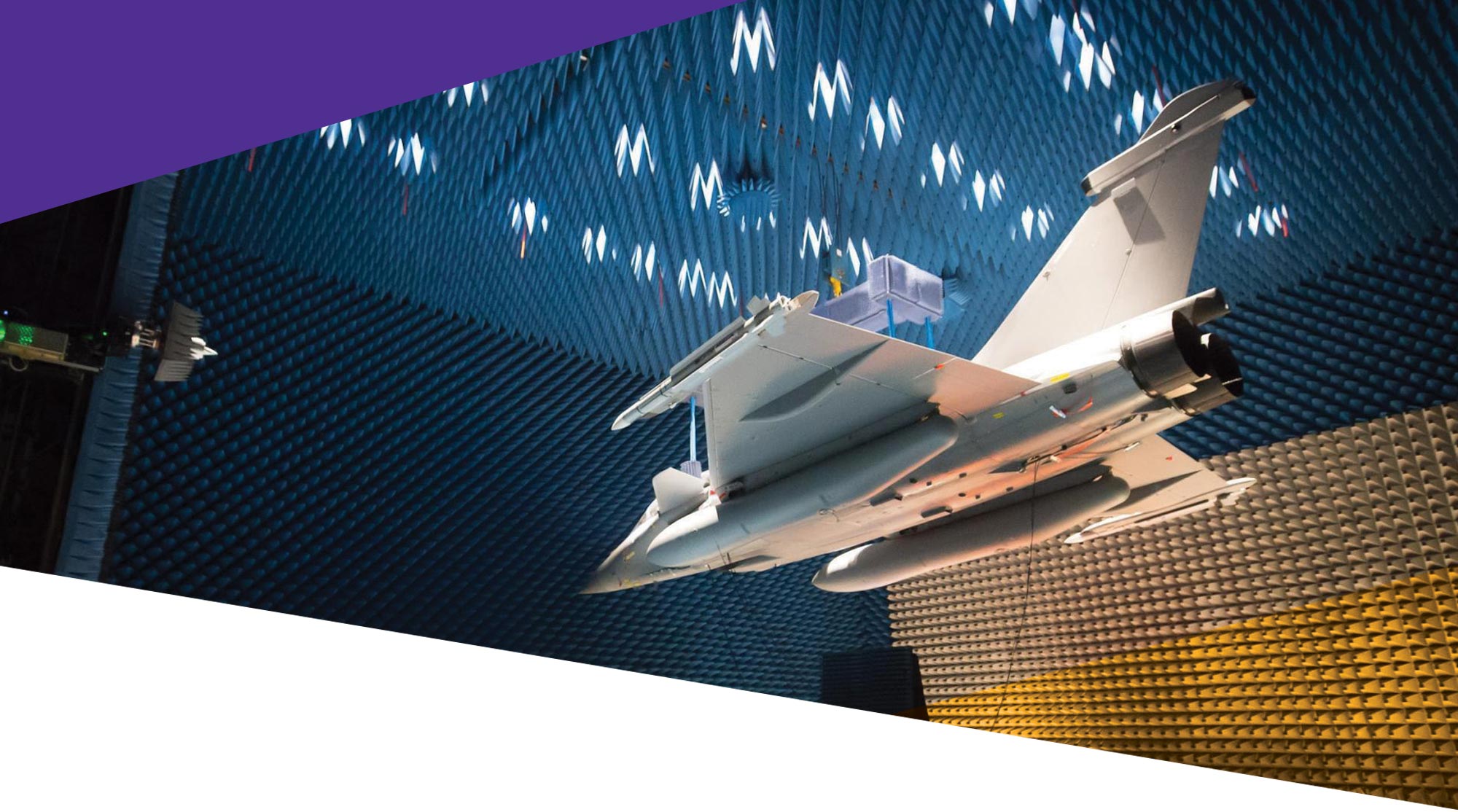
- Anechoic and Reverb Chambers
- RF Shielded Enclosures, including Deployable Solutions
- Upgrades, repairs, maintenance, relocation, testing
- Responsive service by our seasoned team of experts
Follow us on






